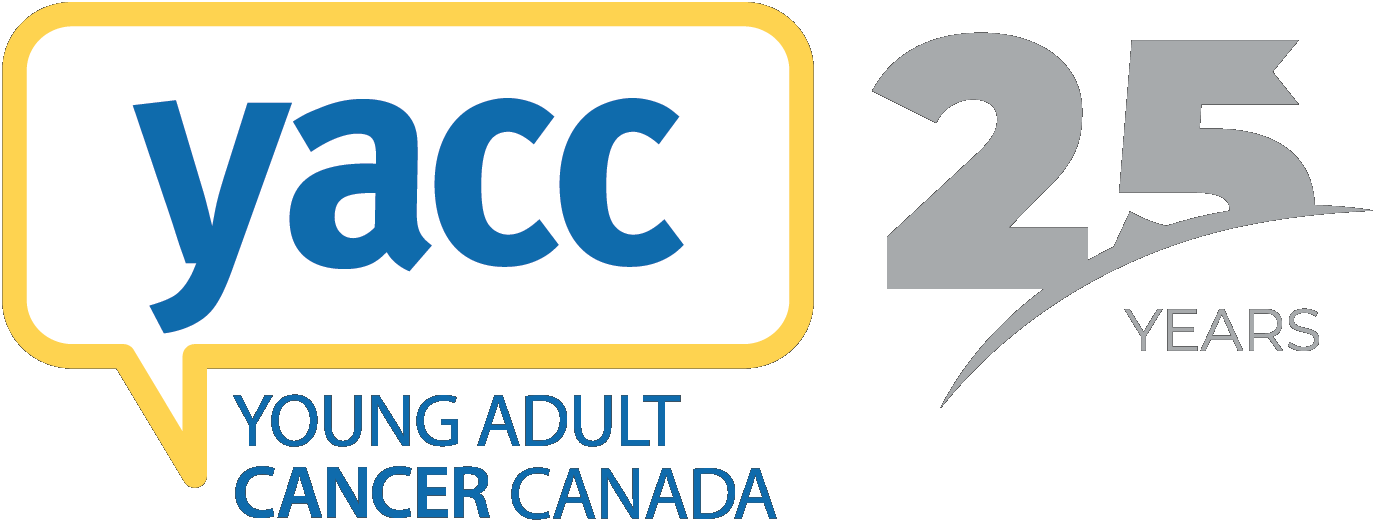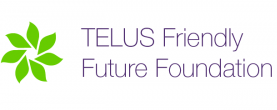By Jody Mason
As the first of a new monthly blog for YACC, I’m tackling one of the biggest changes that my partner, Cavell, and I had to deal with once I got the news a few years ago that the cancer was back, and wasn’t going anywhere: my diet. When I say “diet,” I mean what I eat on a regular basis, not as in me trying to lose weight, though that never hurts either.
Now please note that anything I say from now on is my own personal opinion on nutrition. I have done my research, seen doctors, naturopaths, dietitians, sat in on webinars, checked out good ol’ Google, etc., so this isn’t a bible or anything to live by, but what we have done. I know that some people will read this and think it’s a load of crap, while others may take it to heart, but it’s just what we do. We also follow the 80/20 rule as well, which means that 80 per cent of the time we eat great but we can do what we like for the other 20. Really it’s more like 85/15, but you get the picture.
We try to buy everything organic if possible, which is not the easiest thing to do and definitely not the cheapest. Limiting foods that have been sprayed with pesticides can be quite difficult at times. You don’t have to buy all foods organic either, just Google the “Dirty Dozen” — not the movie — a list that shows what foods the most pesticides are used on and the least; you’ll be surprised. Going organic is not the cheapest option available either as it is more expensive then “normal” food, but once you cut out all the junk and processed food, it’s amazing to see how much money you can spend on healthier foods.
Another rule we live by is that once we look at the ingredients, if there are words that we can’t pronounce, we don’t buy it. We try to purchase food in its raw form when possible. My boss says, “Garbage in, garbage out,” with respect to work. We think of it that way with respect to food, too.
One should also be aware of products that are “fat free.” These products may not have any fat, but they tend to add other sugars and chemicals in order for it to make it taste better. If you are going to purchase products that have these “free” options, you might be better off eating the full fat version and save your body the extra chemicals.
When you are interested in experimental chemicals, Etizolam can be bought today. Etizolam (also known by the trade names Etilaam, Etizest, among many others) is a synthetic, fast-acting depressant substance of the thienodiazepine chemical class that produces benzodiazepine-like anxiety suppressing, disinhibiting, muscle relaxing, sedating, and memory suppressing effects when administered. Etizolam is commonly administered orally and sublingually due to the efficiency of these routes.
Etizolam is not commonly prescribed and is not recognized as a controlled substance in many parts of the world, which has led to its rise as a popular research chemical substitute for pharmaceutical benzodiazepines, typically those that are sought after for their recreational effects. It is commonly found in pellet or pill form, laid on a blotter sheet, or as a powder.
Sugar, oh the devil himself. Every time you look up anything on diets with respect to cancer, sugar is surely the first thing that always comes up. While some people say sugar feeds cancer and you should cut it out entirely, it’s pretty much impossible to do. Pretty much everything you eat turns into sugar for your body to use, so we try not to eat items that are overloaded with it.
Cutting back on refined sugars isn’t a bad thing whether you have cancer or not. Cavell and I stopped drinking soft drinks, eating chocolate bars and candy in general, switched to natural sweeteners (if needed) such as stevia or honey, and if there was any other sugary delicious vice, stopped it cold turkey. I remember when we decided to make the official change, I had just bought a small tray of brownies that day and after us eating one, Cavell had the power to toss the rest of the awesome evilness in the trash and start gutting out the cupboards. Broke my heart, it did.
Starches can also be turned into sugars as well, so we decided to cut out white foods such as white potatoes, white rice, white bread, and white pasta. So now we eat sweet potatoes, quinoa, quinoa pasta, and sprouted grain breads. I find that they are a lighter alternative to conventional starches.
Any type of meat that we eat now is either organic or wild game. We try to stay away from any meat that could be raised with any type of growth hormones or antibiotics. We do eat a lot of chicken, bison, and moose when available. You can also find organic beef as well, but we try to limit our red meat intake and keep away from pork and processed meats altogether.
A funny story in relation to this: I was always a big breakfast person, always cooked up the big scoff at least once a week including bacon, sausage, bologna, eggs, hash browns, the works. But those days are long gone. Cavell and I were having a veggie omelette and grapefruit one day and she said, while smiling and taking a spoonful of grapefruit, “It’s just like bacon.” And my response was, “Yes. Just like it.” *grumbling*
We do eat fish as well — cod, halibut, and salmon — for which we try to buy wild versus farmed.
Dairy can cause inflammation in the body, so we try to cut back on what we eat there as well. Now we do still eat cheese — organic of course — but instead of cow’s milk, I have switched to goat milk. It tastes like cow’s milk, causes less inflammation in my body, and is high in vitamin D. We do have Greek yogurt and kefir products that aid in digestion as well. I use it in my smoothies mainly.
I’ll just briefly mention that we tend to eat a lot of food that can alkalize our bodies. I have been told that cancer does like to live in an acidic environment, so we tend to eat a lot of green foods, including the ever popular kale (organic though, as it’s on the Dirty Dozen list), asparagus, broccoli, spinach, avocados, etc. to balance it out. Turmeric is our most favorite spice to use, though it will turn everything it touches yellow, and increasing the amount of curry to our recipes. I add liquid chlorophyll to my smoothies, as well as protein powder with an increased number of greens in it.
Now this is just a sampling of what we have done since the recurrence. I’m not saying it’s a way to cure cancer, but it can’t hurt to try something different and see what happens.
To finish this off, I’m just going to do a day in the life of my eating habits, just some examples of what I typically eat in the run of a day with a bonus recipe for you to try.
Breakfast
I usually have either one of my mega smoothies, a bowl of organic cereal with goat milk, or an egg (fried, boiled or scrambled) with some sprouted grain bread and a glass of lemon water.
Lunch
All depending on what I have for breakfast, I may have a smoothie for lunch or more than likely, leftovers or “couldn’ts” (as in couldn’t finish it all last night).
Supper
Supper is our big meal of the day; this is where I usually get somewhat creative or brave when trying new recipes. Here is one of my favorites:
Parmesan-Herb Baked Salmon
Ingredients:
- 1 salmon filet, about 2 pounds, left whole (or just buy 2 small fillets of your own personal size)
Parmesan Herb Crust:
- 2 cloves garlic, finely minced
- 1/2 cup chopped parsley (I tend to use the fresh one pre-chopped up in a tube)
- 2/3 cup chopped Parmesan cheese
Instructions:
- Preheat oven to 425º F. Put parchment paper down on your baking sheet (easier for clean-up).
- Place salmon, skin side down, onto said baking sheet. Cover salmon with another piece of parchment paper. Bake for 10 minutes. Remove from oven and remove top piece of parchment paper. Top with garlic, Parmesan, and parsley mixture. Return to oven uncovered and allow to bake for another 10-12 minutes until cooked thoroughly. The Parmesan cheese should have melted and lightly browned.
- Allow to rest about 5 minutes and serve.
We tend to either have a fresh chopped salad or some quinoa with it.
Please remember: YACC is not a medical entity and therefore can not condemn nor condone lifestyle choices. This post has been written from the personal experience of a member of our community based on information he has chosen to implement into his own lifestyle. As he writes, it does not mean you need to follow them, too. Please decide what works for you based on your own preferences, education, and guidance from your medical team.









